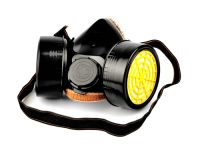Tips for Safe Chemical Storage
Many times it’s because workers in areas with many chemicals are tempted to store chemicals alphabetically by common name to make them easy to find—but this is very dangerous practice. Here are a few tips for safe chemical storage: Always store minimum quantities, as specified by OSHA. Purchase chemicals in smallest quantities needed. Inventory chemicals […]


